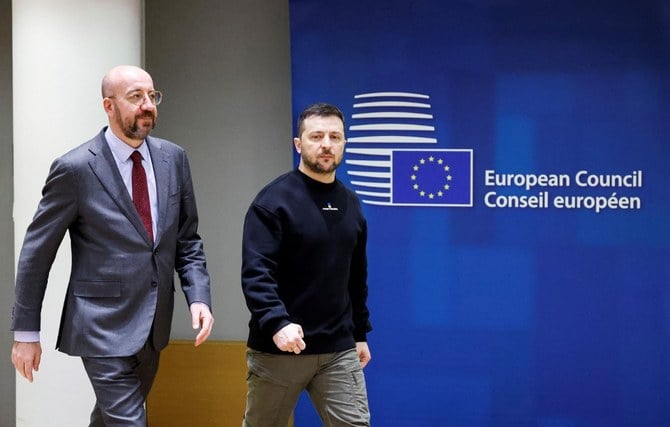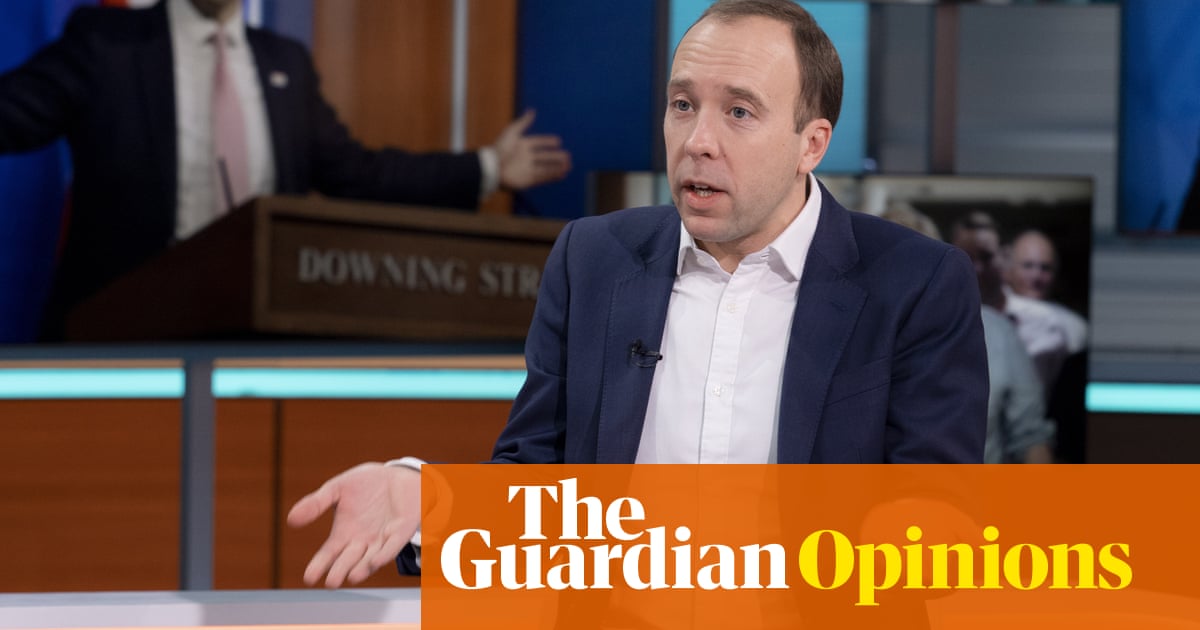
European summits are sometimes eminently forgettable, but this week’s may be different because the EU is going through a far-reaching period of change as the one-year anniversary of Russia’s invasion of Ukraine fast approaches.
There is growing acknowledgement across the continent that decisions taken in the coming months will define the longer-term economic and political character of the bloc. On the agenda on Thursday and Friday is not just the conflict, but also the massive new green industrial plan announced last week, plus migration policy.
On Ukraine, Brussels intends to mark the 12-month anniversary of the war on Feb. 24 with a big new 10th package of sanctions. In the words of European Commission President Ursula von der Leyen, it is going to be “a massive package again. The plan is to focus once more on technology that can and should not be used by Russia’s war machine. In other words, we look deeper into components that were found, for example, in drones to make sure that there’s zero availability for Russia of these technologies or (in) the drones’ production, for example in Iran, that we are following up closely.”
This sanctions package, which may include capping the sale price of exports of refined petroleum products, will coincide with a doubling down of EU support for Ukraine, with overall pledged assistance from Brussels and its member states to Kyiv already amounting to nearly €50 billion ($53 billion). The latest phase of this support includes military assistance of more than €3.6 billion under the European Peace Facility and the launch of the EU Military Assistance Mission to train an initial 30,000 Ukrainian soldiers in 2023.
Amid earlier fears that European and wider Western unity toward Ukraine could break down this winter, this underlines the new-found resolve within the alliance that must now continue into the spring as the war enters what could be a dangerous new phase. Part of this discussion involves the complex question of Ukraine’s EU accession process. Ukrainian President Volodymyr Zelensky claims major progress has been made on reforms highlighted by the bloc, but EU leaders are keen to push back any discussions over a formal timeline for Kyiv joining the 27-member club.
From migration to Ukraine and the green new industrial deal, it is time for the EU to come together and walk the walk
Andrew Hammond
On the green industrial front, there is a growing sense in Brussels that Europe has only a limited window of opportunity to act in the face of the assertive industrial strategies of China and now the US thanks to its Inflation Reduction Act.
Amid significant disagreements within Europe on the plans, Von der Leyen is trying to get “buy-in” for a series of measures, including loosening state aid rules, to try to preserve the EU’s competitive advantage on critical and emerging technologies. While the intra-bloc differences are real, including on state aid measures, the 27 member states and Brussels must now come together to forge a pathway forward, given the growing warnings that the European continent’s industrial base could end up structurally uncompetitive, especially if high energy costs persist.
While the final form of Europe’s ultimate package is therefore not yet fixed in stone, the political imperative to act is growing. This collective determination to try to restore a level playing field with the US and China to preserve Europe’s economic attractiveness in the global green race must now be acted on.
Divisions will also come up across the bloc on migration policy, given the growing challenges from long-term migratory trends driven by climate change, conflict, famine and economic hardship. Manfred Weber, leader of the European People’s Party in the European Parliament, has gone as far as saying that “we are sleepwalking into a new migration crisis. The reception capacities for migrants via the Balkan and Mediterranean routes are exhausted.”
The debate here is how best to balance controlling immigration — given the political damage and fall in public confidence that was caused by the perceived loss of control over Europe’s borders in 2015 — with the economic and demographic imperative that many EU countries face amid growing labor shortages. These are hampering economic recovery from the pandemic slump and threaten to constrain growth over the long term. Take the example of Germany, where the falling birth rate and aging population means its economy requires some 400,000 extra workers a year. France also has hundreds of thousands of unfilled vacancies.
Amid predictable north-south and east-west divides on these issues, EU leaders must now find a pathway through the complexity of this policy landscape. From migration to Ukraine and the green new industrial deal, it is time for the EU to come together and walk the walk, not just talk the talk, by making bold, constructive decisions.
Andrew Hammond is an Associate at LSE IDEAS at the London School of Economics.












